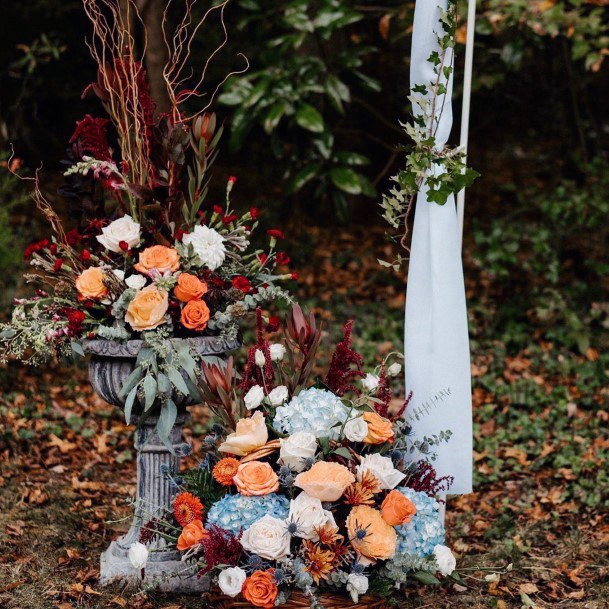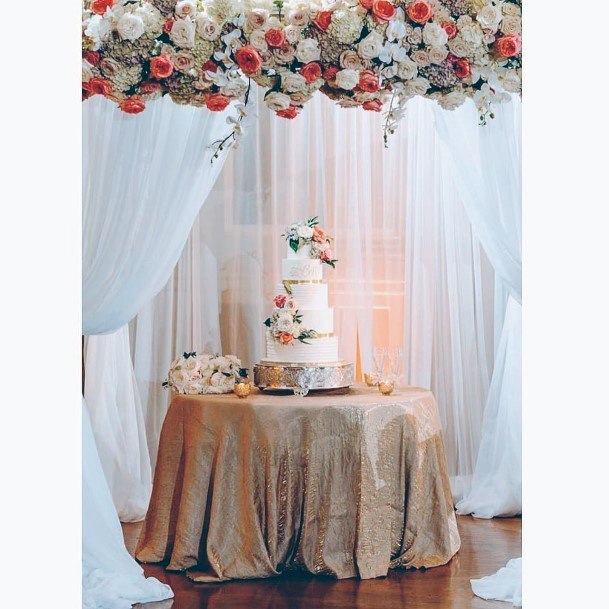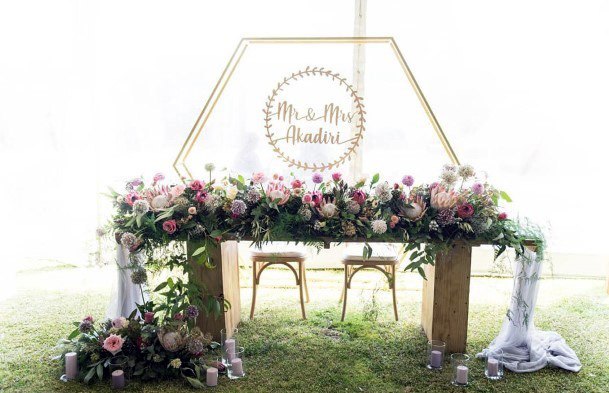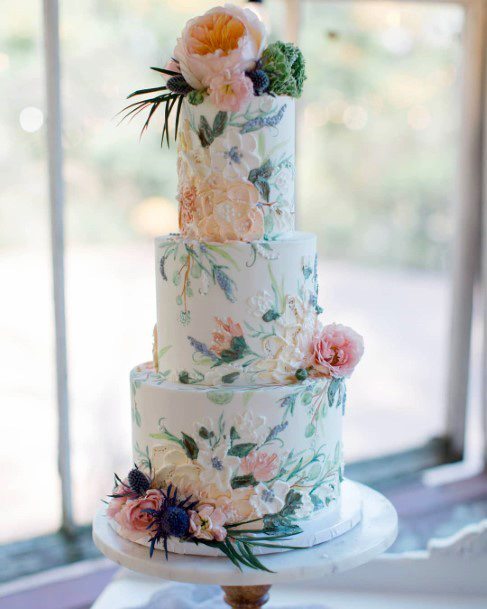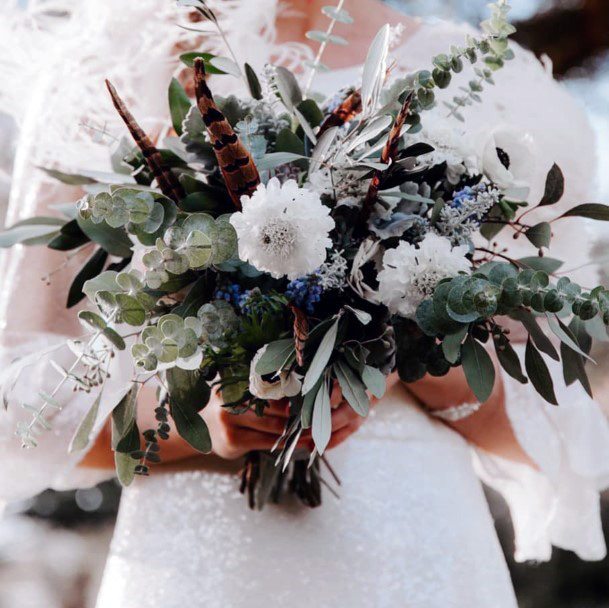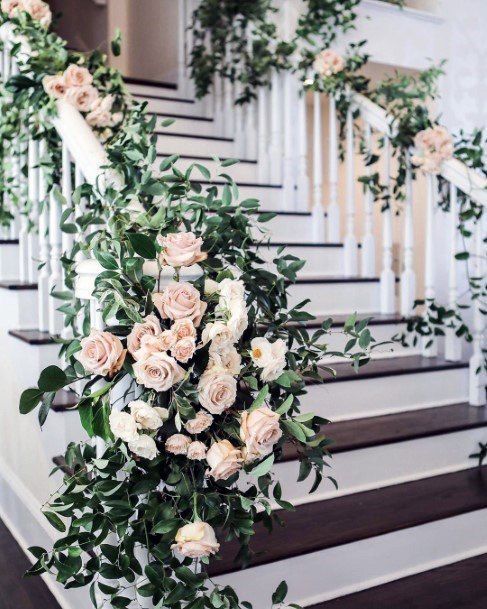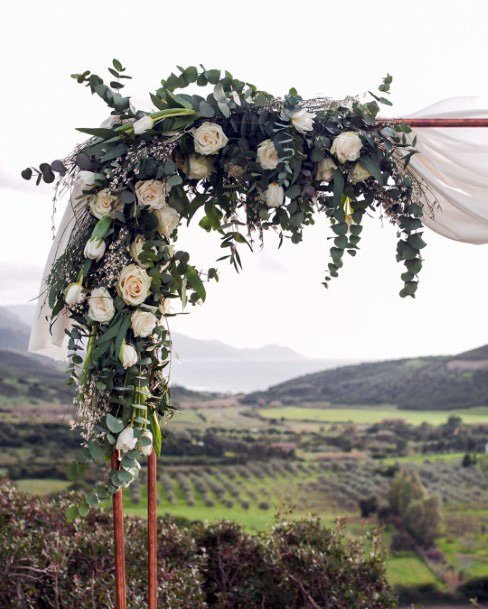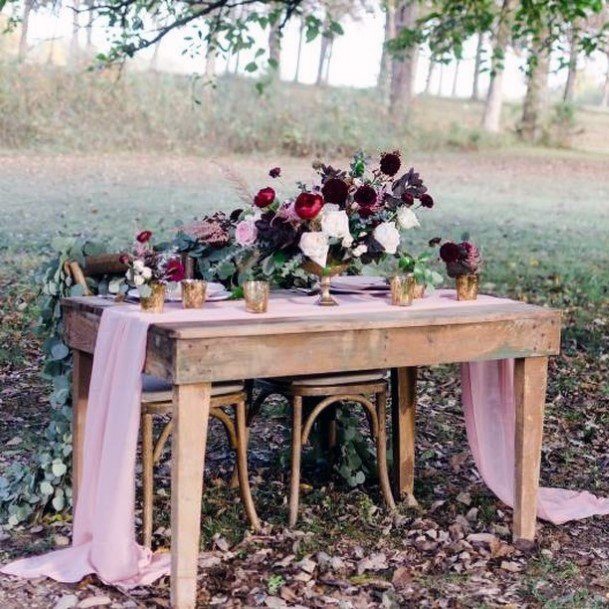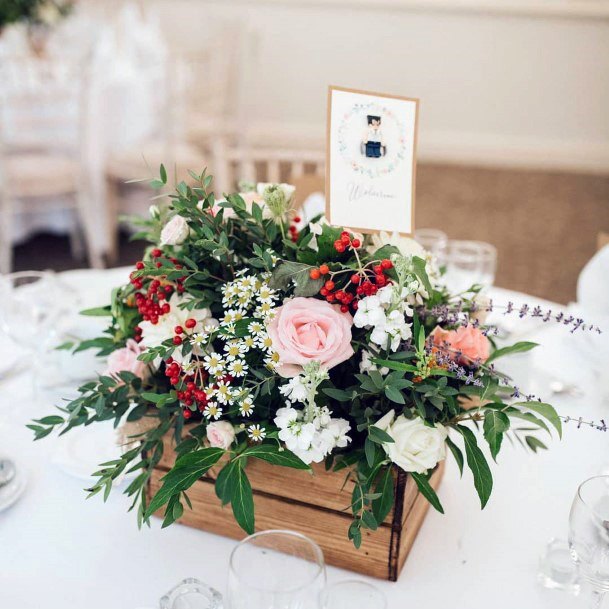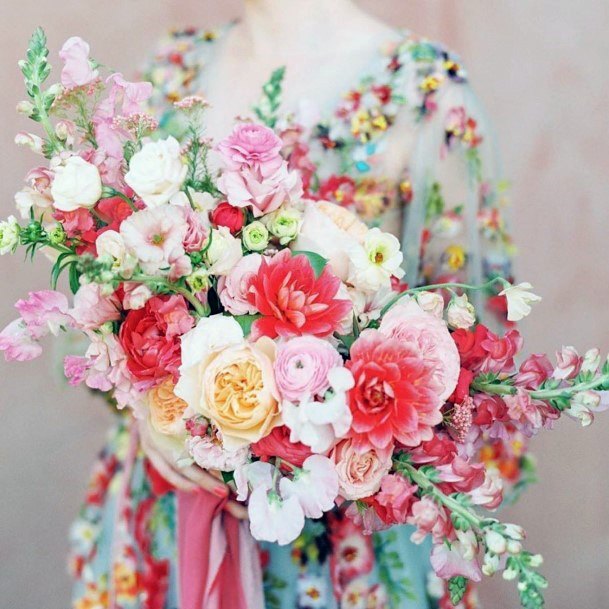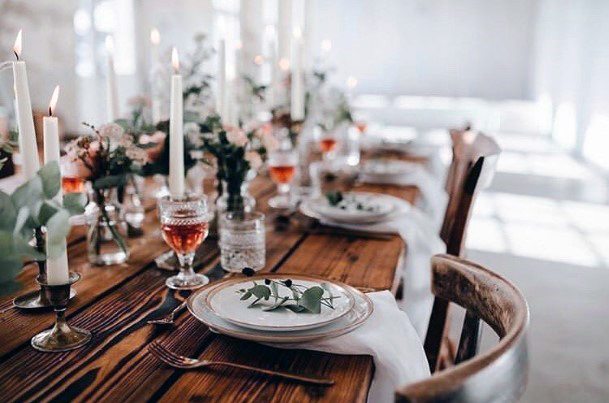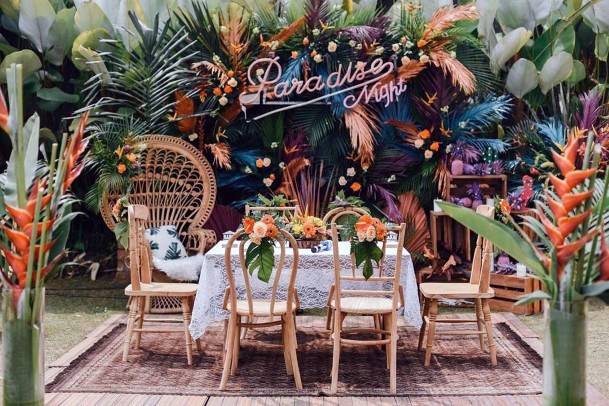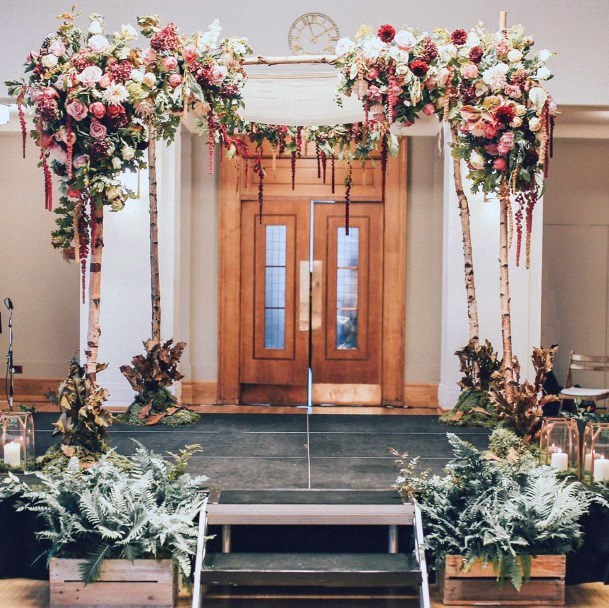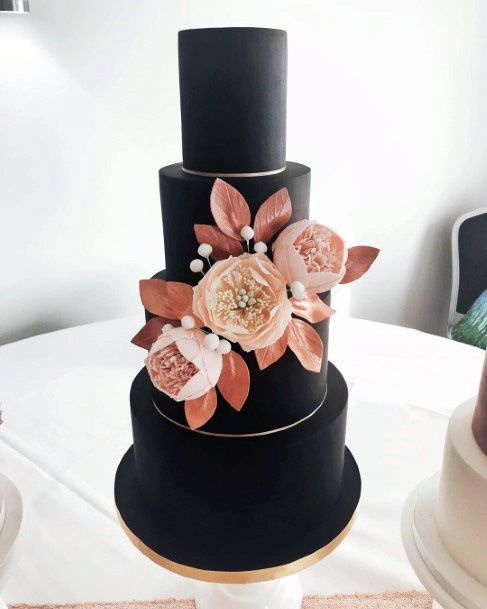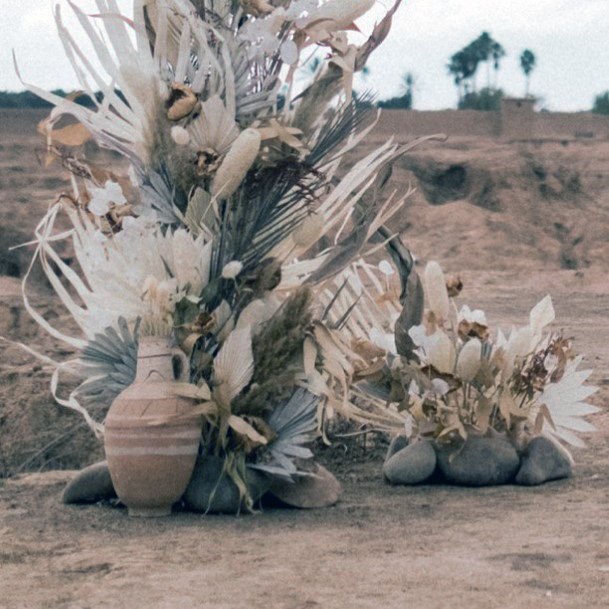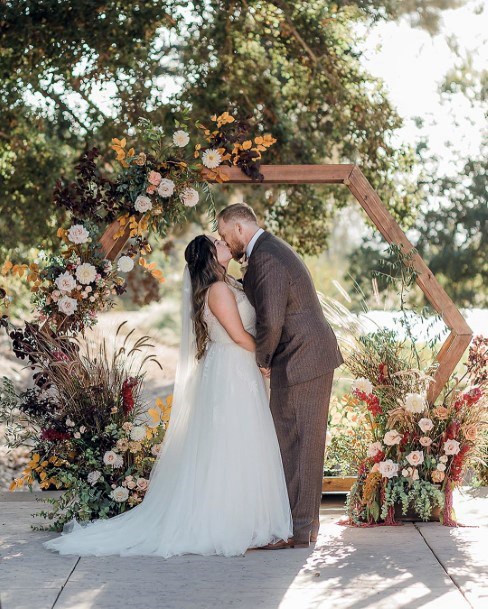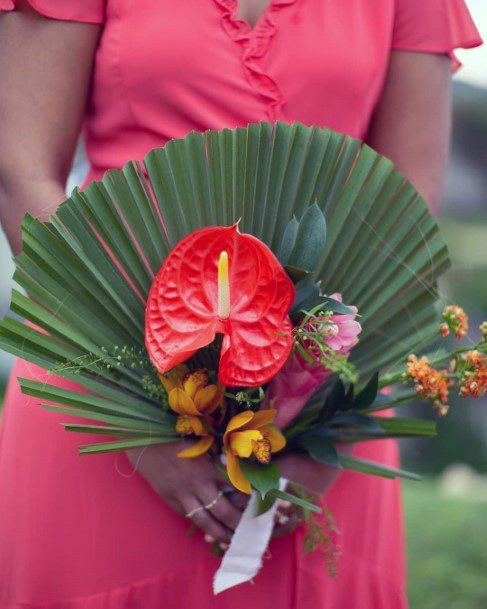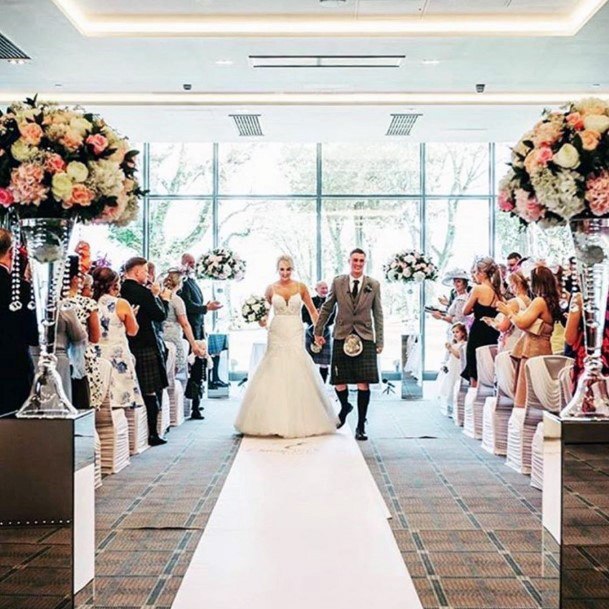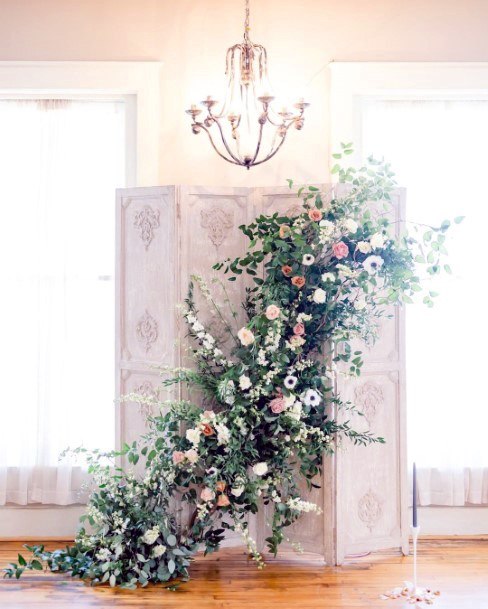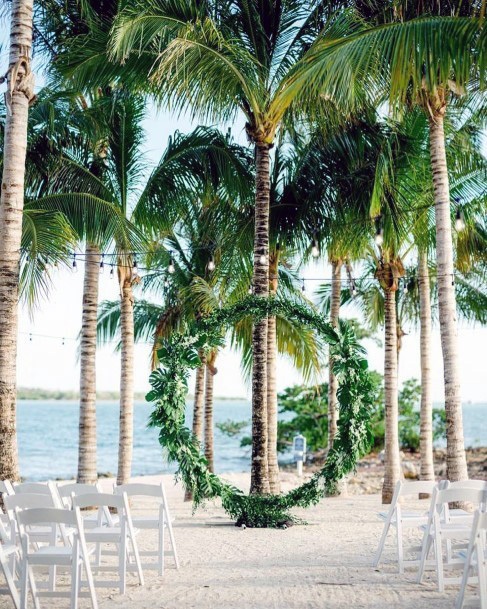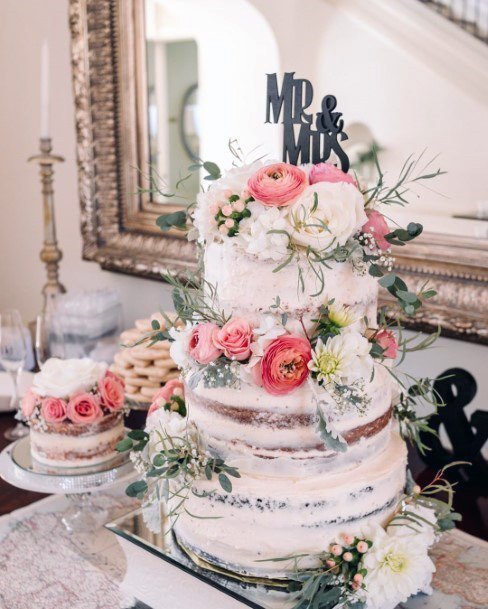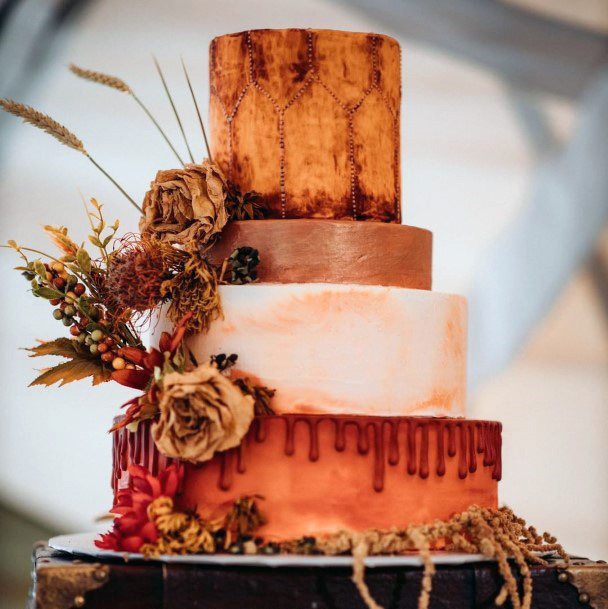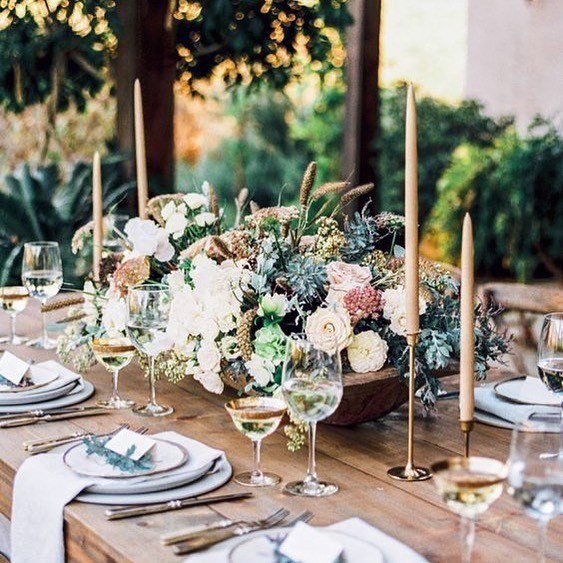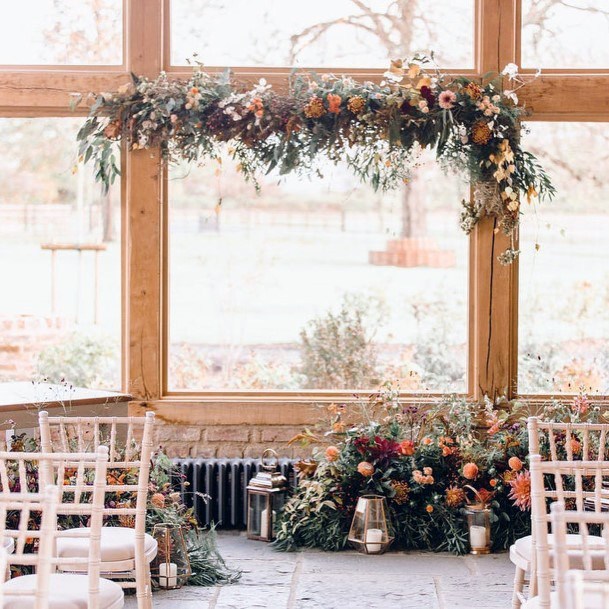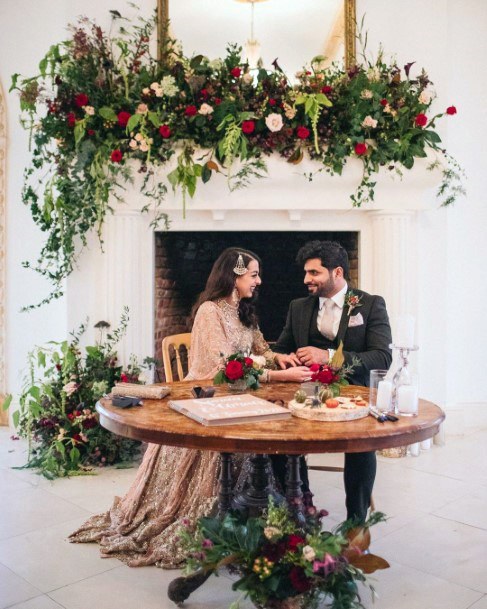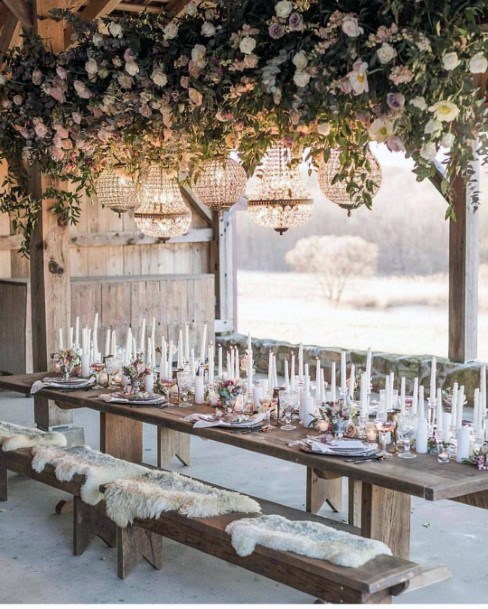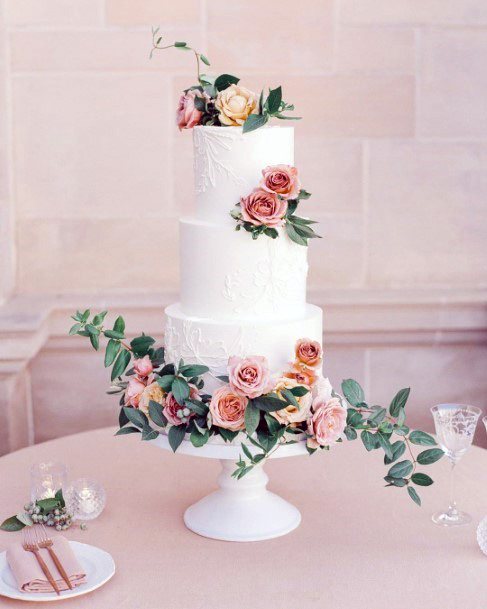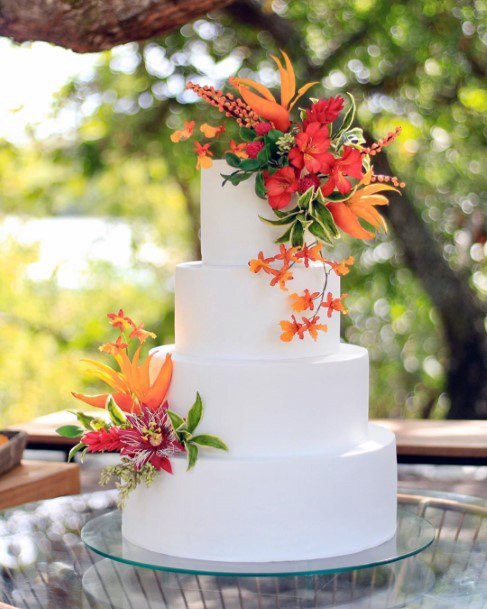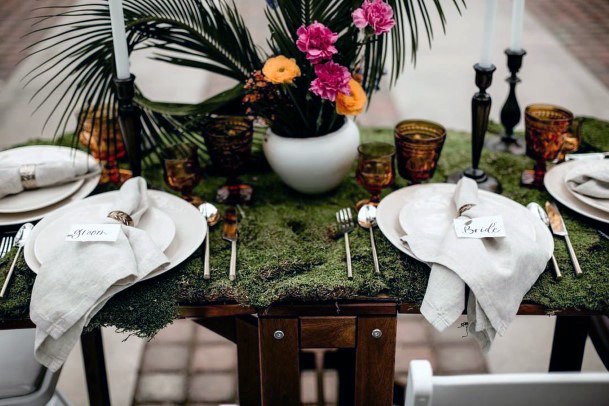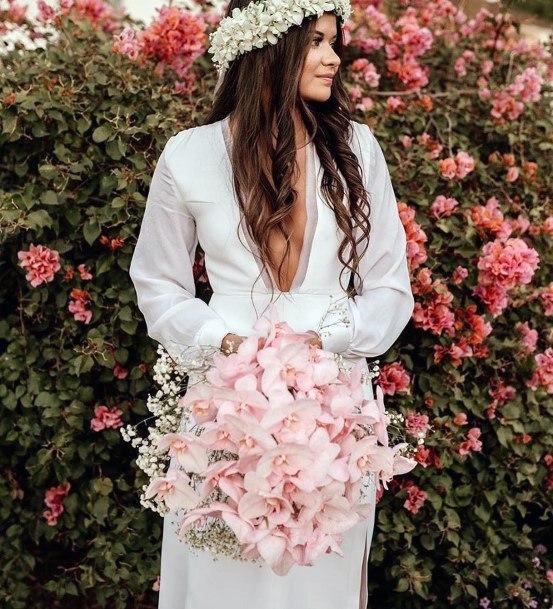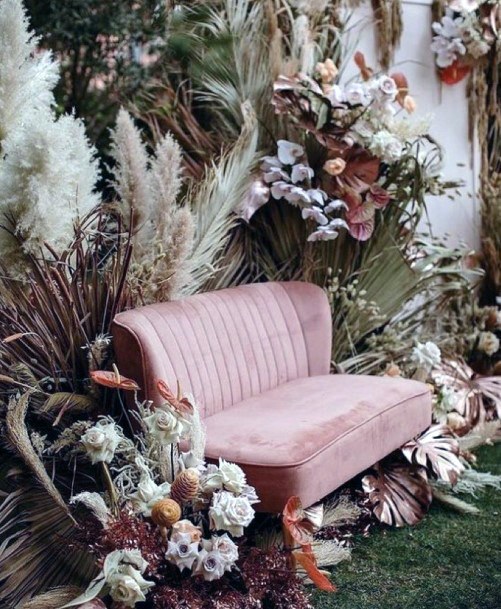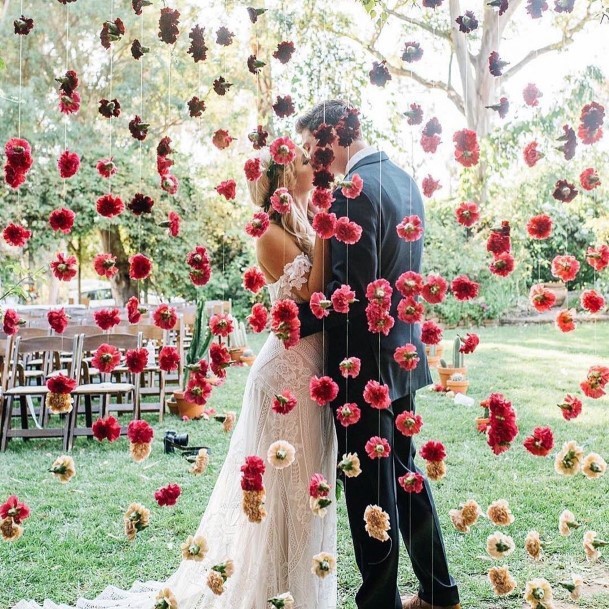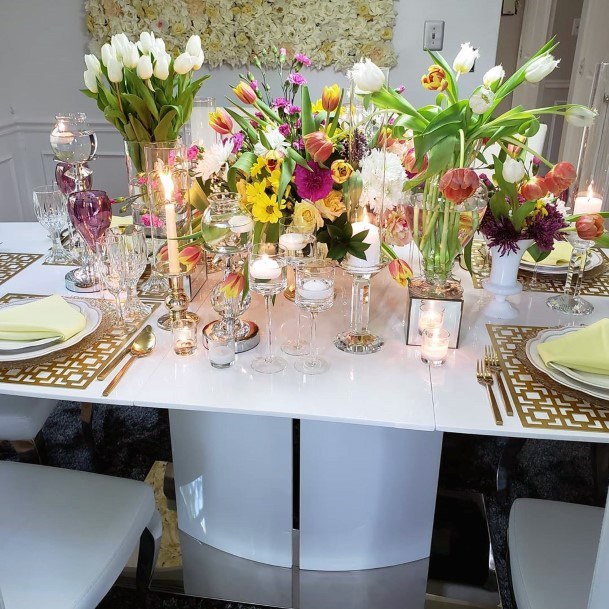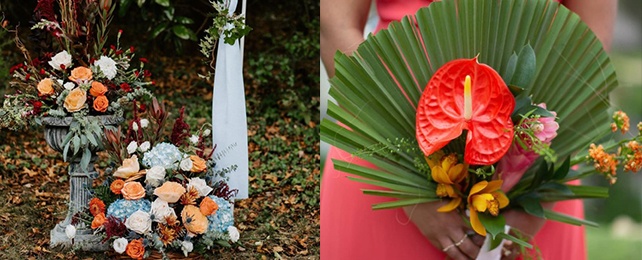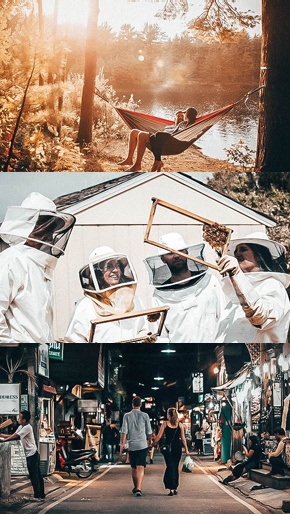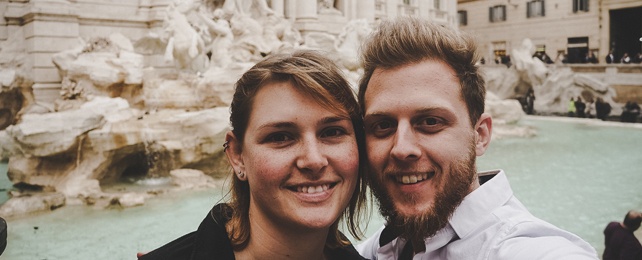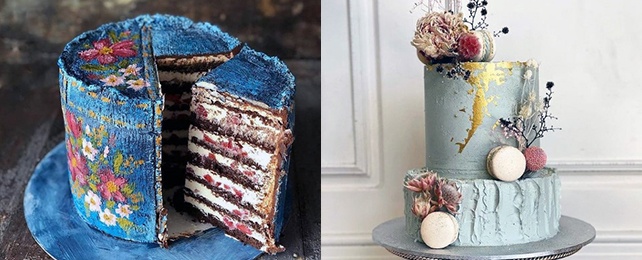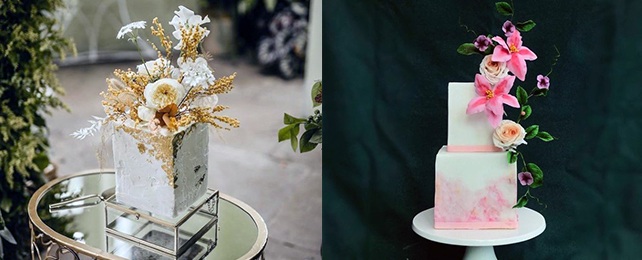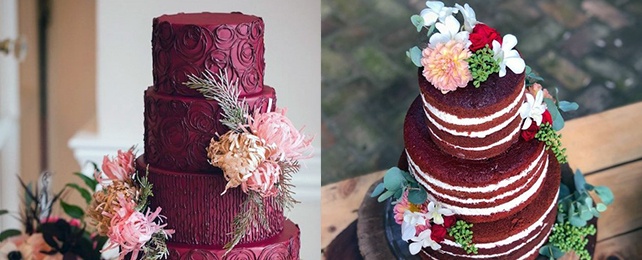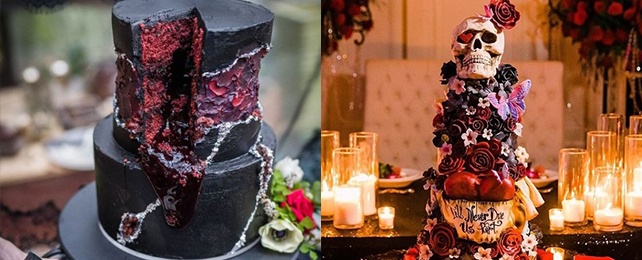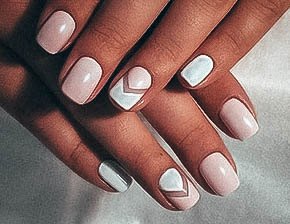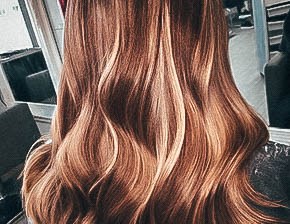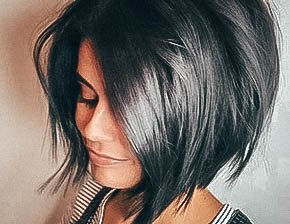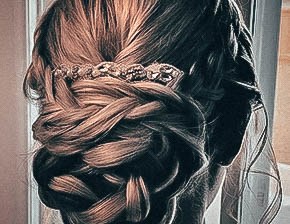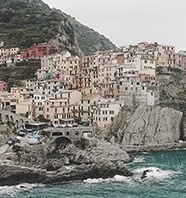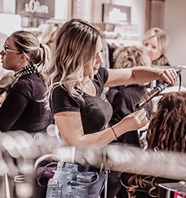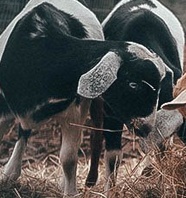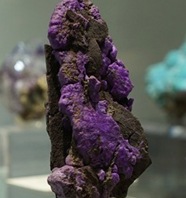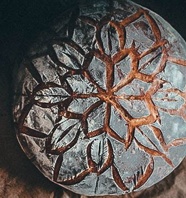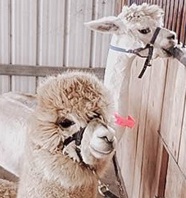Because the flowers are often a pervasive and notable part of the celebration, it is important to take the time to carefully plan what they will look like.
There are three main components that go into planning your flower design: style, budget, and venue.
The flowers you choose should match the color scheme and visual aesthetic of the event itself. For example, if you are planning a wedding that is rustic, consider wildflowers, eclectic groupings, and containers such as mason jars.
If your wedding is formal and elaborate, spring for the roses, large bouquets, and crystal or porcelain vases. Budget is a big part of determining flower design. Few people realize just how expensive flowers can be. There are, however, strategies that can reduce floral costs without sacrificing on quality.
Choose a design that can be installed simply, such as table runners in place of centerpieces and deliberately minimalist or concentrated clusters.
A single bloom is more likely to pop than a flood of blossoms. Focus on locally available flowers, and only ones that are in season at the time of your wedding. Look for budget-friendly alternatives to higher-costing blossoms, such as carnations or tulips.
Finally, consider your venue. Since you chose the venue to fit your broader theme, it will lend itself to certain ideas about the floral design.
Look around for places such as doorways, window panes, arches, entry ways, tables, chairs, and more where the architecture of the space provides placement opportunities for unique touches of floral and greenery.
Use design motifs in the space for inspiration, such as paint colors, patterns, or carvings.
